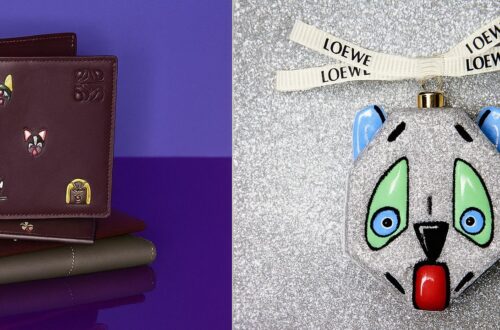The new State of Fashion 2025 report from BoF and McKinsey paints a clear picture. The industry is entering a year shaped by uncertainty, price-sensitive consumers and very different growth paths across regions. The mood among executives is cautious. Many do not expect improvement this year, and some even anticipate further decline.
Consumers feel the pressure of inflation and economic instability. They want value, not volume. At the same time, global trade is shifting, climate risks are intensifying and new purchasing habits are forcing brands to rethink old models.
But the report also highlights where new opportunities are emerging, especially for brands that are ready to adapt.
A Market Moving in Different Directions
Global growth is no longer uniform. China, once the strongest engine for fashion, is slowing. This is pushing brands to look at the rest of Asia more seriously.
Japan continues to grow through strong domestic spending and tourism.
India is becoming a major focus with a young population and rising incomes.
Korea remains a cultural force and a stable premium market.
Europe benefits from tourism, while the United States shows a divided landscape. High-net-worth consumers continue to buy, but middle-income shoppers are cutting back.
Consumers Are Choosing Value
Even with inflation easing, shoppers remain cautious. They compare more, wait longer and are willing to switch to resale, off-price stores or even dupes if brands fail to justify prices.
To earn loyalty today, brands must clearly show why they matter. Quality, craftsmanship, purpose and honest storytelling now influence buying decisions more than aggressive marketing.
The Return of Physical Retail
Store traffic is almost back to pre-pandemic levels. What has changed is what customers expect when they walk in. They want human guidance, not a transactional experience.
Strong in-store service, knowledge and connection are becoming major differentiators
For many brands, investing in people not just store design will be the key to rebuilding trust and driving conversions.

AI Is Reshaping Online Discovery
Online shopping has become overwhelming. There is too much choice and too little clarity. AI is stepping in to fix this.
Generative search, personalised recommendations and contextual content help customers find what they need faster. Brands are now using AI to guide discovery and simplify decision-making, not just to personalise ads.
Sportswear Is in a New Competitive Phase
Challenger brands are taking a large share of the profit pool. They win with niche communities, performance materials and cultural relevance.
Legacy players must innovate faster and rethink how they speak to new audiences.
Marketplaces Are Under Pressure
Luxury marketplaces have already struggled. Now mainstream ones are feeling the impact.Customer acquisition costs are high and demand is lower. Marketplaces will need clearer positioning and stronger value to remain part of the fashion ecosystem.
Supply Chains Are Changing Fast
Brands are rethinking where and how they produce.
Nearshoring is increasing. Supplier networks are becoming more diversified.
Tech-driven planning tools are helping reduce overproduction and avoid stockouts.
Transparency and agility are now essential capabilities, not optional improvements.
Sustainability Still Matters
Consumer willingness to pay for sustainability has weakened, but regulations and climate risks are accelerating.
Extreme weather, higher resource costs and stricter rules will push companies to integrate sustainability into real operations.Brands that treat sustainability as efficiency not marketing will lead in the long term.
A New Formula for 2025
The industry is entering a year defined by change, not stability. Growth will depend on how quickly brands adapt their strategy. The report points to a clear formula for the next phase:
• Localise strategy for each market
• Offer genuine value and quality
• Strengthen the human side of retail
• Use AI to support discovery and clarity
• Build flexible, resilient supply chains
• Treat sustainability as a business driver
The industry faces challenges, but it also has room to evolve. Brands that stay close to the customer and move with intention will be the ones that find opportunity in this new landscape.






